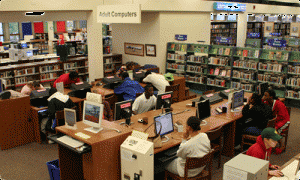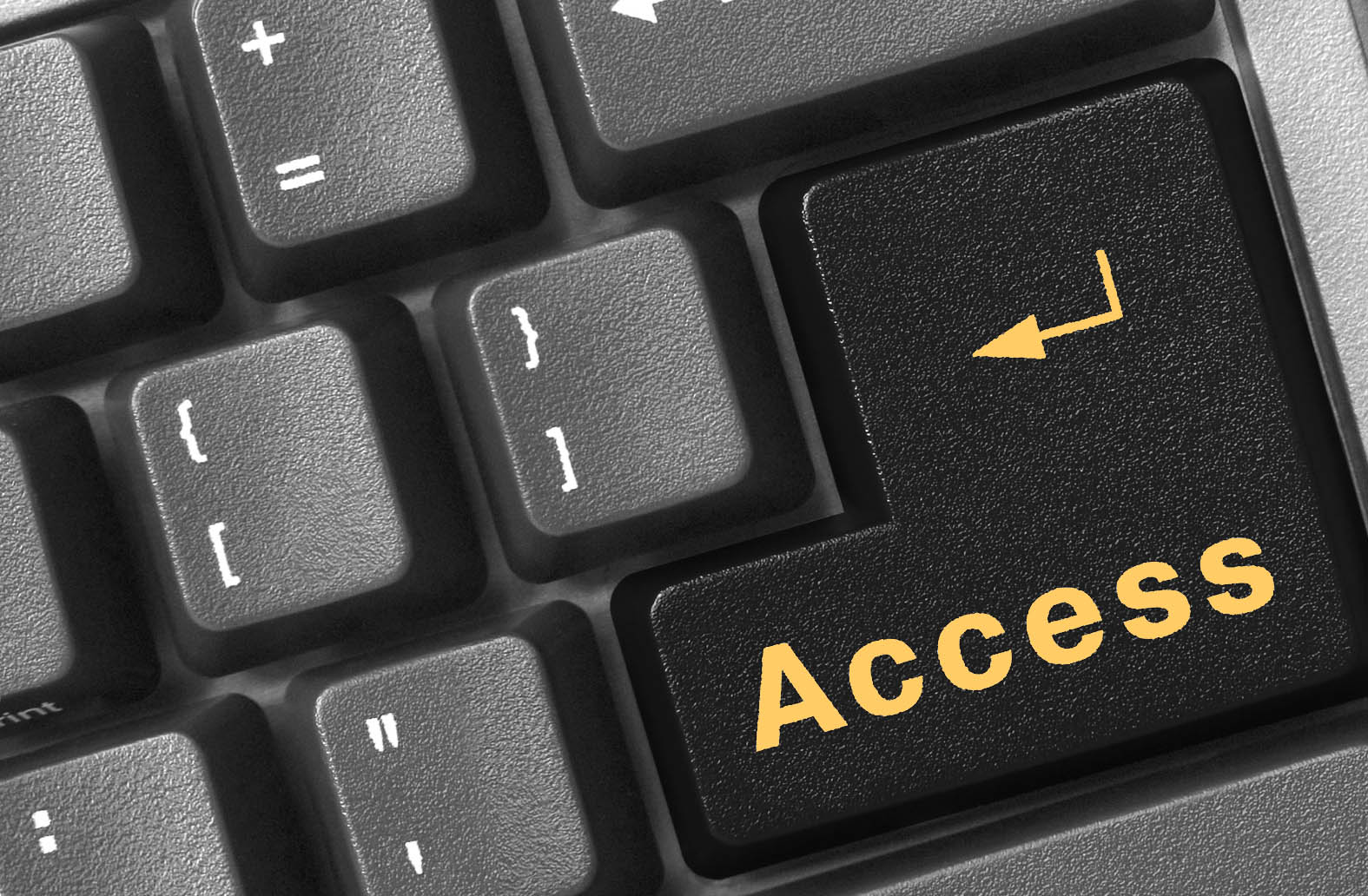Libraries Are The New Makerspaces
 Maker education is a new term that has popped up a lot recently in educational circles. Creating spaces for students to have hands-on learning teaches them skills that they might not find in a traditional classroom, like being innovative and thinking outside the box. Also, maker education can gear students towards careers in design, engineering, math, media and research. Most importantly students develop vital problem solving skills that are useful in any career they choose in the future.
Maker education is a new term that has popped up a lot recently in educational circles. Creating spaces for students to have hands-on learning teaches them skills that they might not find in a traditional classroom, like being innovative and thinking outside the box. Also, maker education can gear students towards careers in design, engineering, math, media and research. Most importantly students develop vital problem solving skills that are useful in any career they choose in the future.
Recently, I had a discussion with my friend Chris, who is a high school computer science teacher at a private school. He told me that his school has turned the library into a dedicated makerspace, where students can put their knowledge to work with coding and robotics.
“My principal became worried that less students were using the library to borrow books, since they can do all their research on their iPhones and download books,” Chris said. “This way we are reinventing what the library can be and serve our students in a more relevant way. The kids are actually more excited to go to the library now because they know they can create something cool there.”
Mind you, Chris works for an elite private school with high tuition, so the school can afford to create a full-time makerspace, unlike many public schools around the country that are lucky if they even have books in their libraries. This made me think about how makerspaces would fit into the context of public community libraries. Now I am not advocating that libraries should completely convert themselves into makerspaces, but like school libraries, public libraries are looking to stay relevant in the digital age. Circulation is down in many community libraries as more people choose Amazon and Wikipedia for books and research, respectively.
Recently, my local library started a LEGO club for kids. I see the final products the kids make, and they are pretty awesome! I don’t think makerspaces are going to completely replace libraries, but rather, work together in the same space with the common goal of providing a quality learning experience.
Here’s why I think this way:
Libraries and makerspaces are resourceful: Students have access to both print and digital books, research materials and other resources that are not usually accessible, even on the Internet. Likewise, makerspaces provide access to physical materials that would otherwise be too expensive for an individual to purchase on their own. For example, my library purchased several orders of the LEGO Creative Suite, which totaled over $400. They are free to use for participants in the LEGO club. Many of the kids come from low to middle income households, and making such a purchase would be inaccessible for many of them.
Blending interdisciplinary education: Libraries are full of books that span a wide variety of academic subject matters and contribute to idea creation which supports innovation in makerspaces. Alternatively, students experimenting in makerspaces will want to use the resources in the library. Many of the kids in the LEGO club look at books in the library about engineering and robotics design.
Librarians and Maker Educators lead on innovation: Both of them can be more flexible than traditional teachers in setting up customized workshops, mentorship and guidance based on specific learning needs. The head librarian at my local library played a big role in setting up the LEGO club and picking out books and materials with the maker educator for the kids.
Sense of community: Libraries are naturally informal gathering spaces for community members. Users don’t just come to borrow books, they also attend a wide variety of programming, like book clubs and children’s events. They are also social equalizers. No matter what background, race, age, gender or income, every and anyone can go to a library and gain knowledge. Makerspaces work in the same way.
It’s important to find that perfect balance between public libraries and makerspaces and how they can better serve their communities as this discussion continues in the near future.

